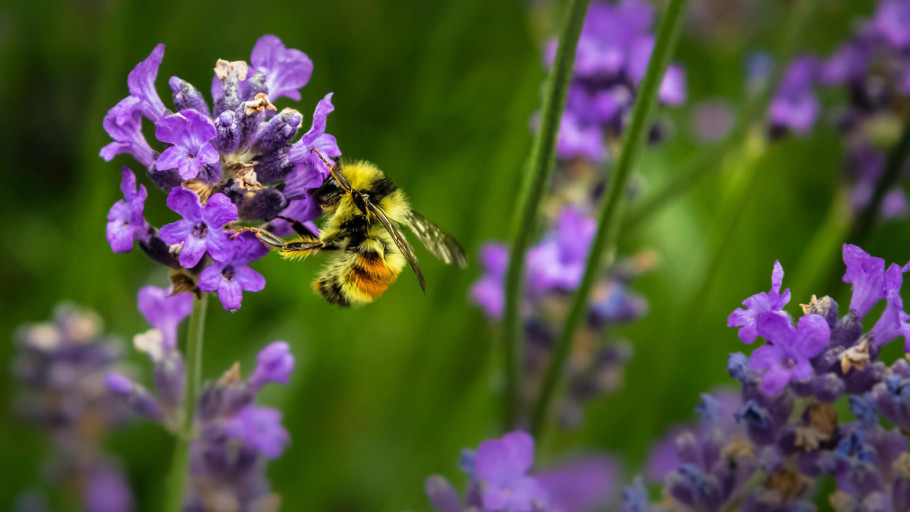Top Tips for Creating a Low Maintenance Garden
We all need a space to unwind and cast off the stresses of the day, and a garden is a perfect environment in which to do so: they add beauty to our lives and give us an outside space that helps us feel connected with nature.
Some might shy from a garden due to the expectation of maintenance, but not all gardens need to be a lot of work. There are some changes you could make to your garden design to both increase its appeal and decrease the amount of effort and time you invest in keeping it looking good.
Here are our top tips to help you create a low maintenance garden.
It’s All About the Design
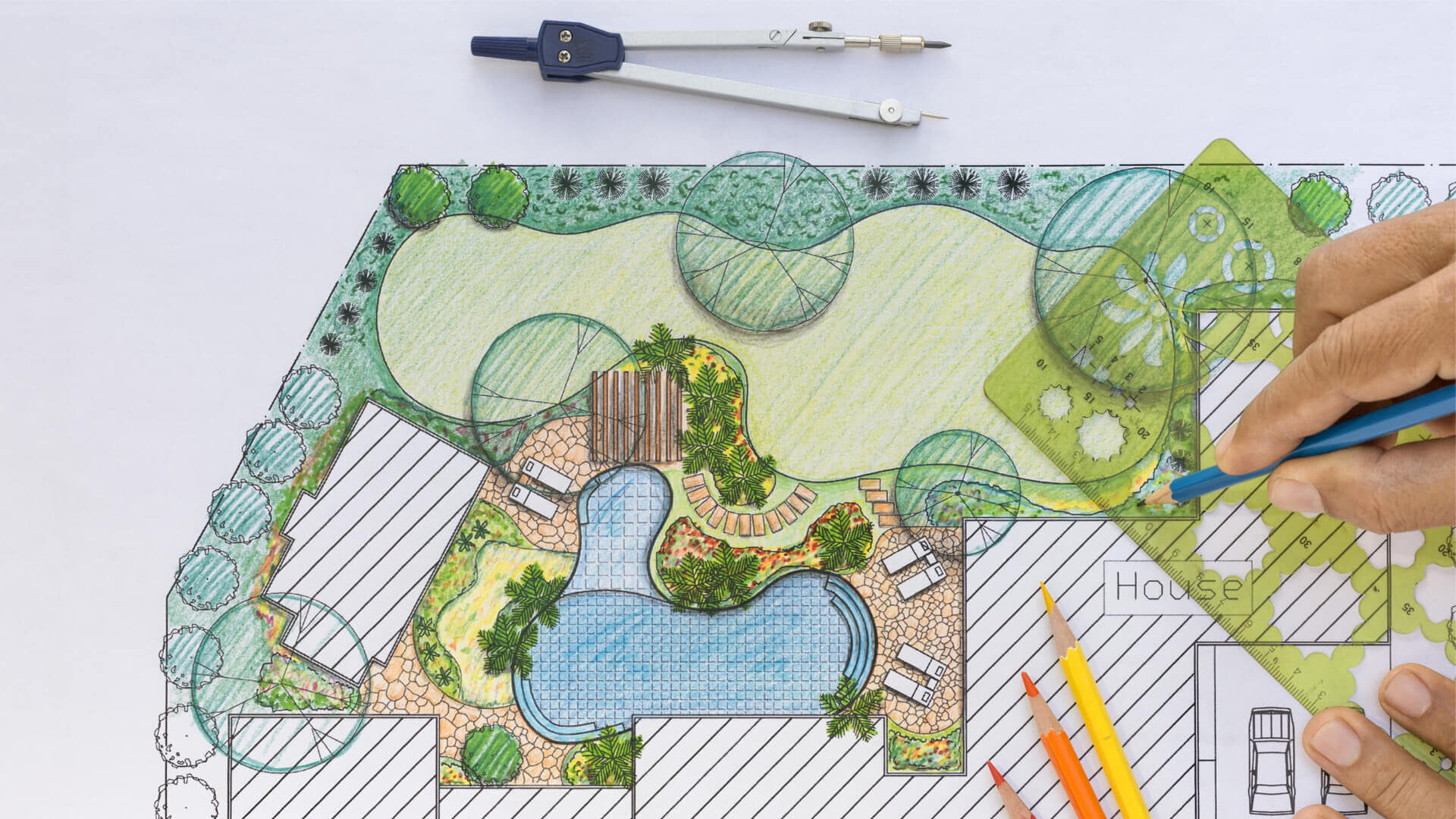
Design is crucial when it comes to a low maintenance garden. There are some fantastic online tools available to help you create the space and visualize how the finished garden will look. Check out our piece on top design tools.
Think about what sort of space you want the garden to be. Do you want to create a zen garden that helps you de-stress, or are you more of a party type who enjoys a backyard get together? Perhaps you have a young family, so safety and security are paramount? How you use your space is crucial for a design that works for you.
Those Who Might Benefit from a Low Maintenance Garden
- The Elderly – The design of the garden can cater to the reduced mobility that often comes with age. Think high planters and raised borders to minimize the need to bend.
- People with a disability – Access around the garden is a crucial consideration for those with disabilities. Also, the visual aspect is essential for stimulation.
- Novice gardeners – For those new to gardening, a low maintenance garden is ideal.
- Renting a property – If you rent a property you still deserve a lovely garden, but a low maintenance variety will reduce the costs significantly.
Our Top Low Maintenance Garden Tips
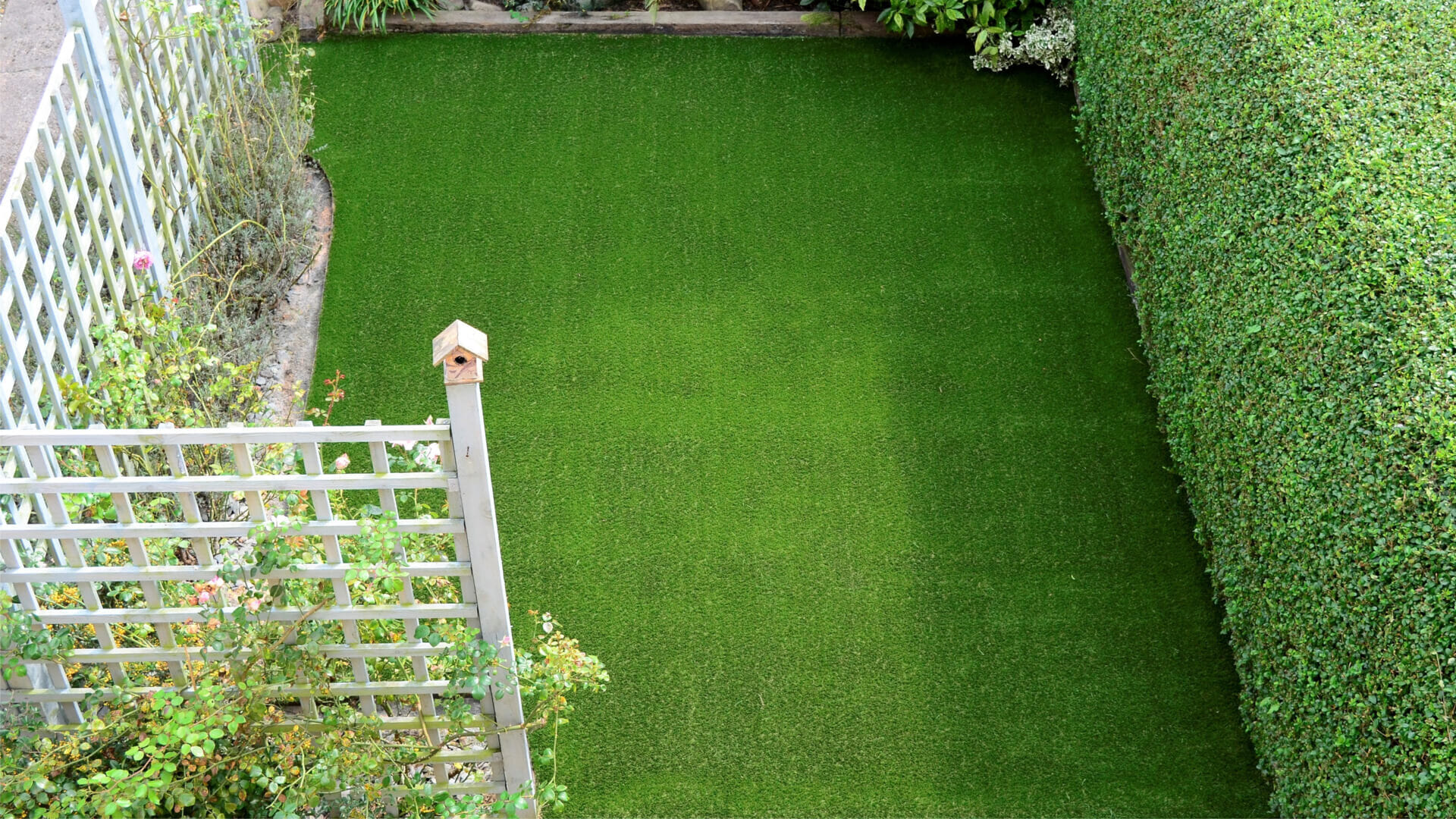
Lose the lawn
Lawns are incredibly high maintenance, especially if you want them to be at their best. If you want that putting-green look, your grass will require feed, weeding, watering, and cutting. And for heaven’s sake, don’t let the family pet loose on it because that spells disaster for your lush grass. More and more people are turning to artificial grass to decrease the amount of maintenance their garden needs. Modern fake grass not only looks realistic, but it also means you can walk about on it in bare feet without worrying about the mud. Once it’s down, it’ll never require your attention again, other than to vacuum it.
Keep plant varieties to a minimum – When it comes to planting, less is more.
Choose shrubs like rhododendron, azalea, lavender, and roses for a classic garden look that is also hardy. Shrubs need less watering and less maintenance, and they stay looking good for longer.
Keep weeds down
Weeds take up valuable time to keep under control, and nothing ruins the look of a garden more. When you are planning the flower and shrub borders, lay a weed-suppressing membrane on the soil before planting. Then once planted, cover the membrane with bark mulch to further keep the weeds at bay.
Create features
One of the simplest methods to create a low maintenance but high impact garden is to use props. Benches, arbors, and other garden features decorate the space they occupy to add a sense of height and reduce the need for maintenance, transforming your garden into a friendly environment.

Pathways and patios
One of the best design tools to reduce maintenance is to create wide paths throughout the garden. They look great, they break up space, and if you use gravel or other weed resistant materials, they reduce the need to upkeep the garden. Patios are also fantastic for creating a welcoming garden. Nothing beats reclining on a patio on a summer’s day with a good book, and best of all, depending on what material you decide to use, they require limited maintenance.
Hardscaping
Hardscaping other areas of your garden will make interesting focal points and create less upkeep. Fountains, steps, and drystone walls are all great examples of where hardscaping enhances your garden by adding a human-made element to complement the plants.
Low water usage
The best way to regulate the amount of water your garden needs is to look after the soil. Soil should be sewn with nutrients and water retentive granules to improve the level of moisture. Also, composting is an environmentally friendly way to improve the content of your earth. Old leaves, peelings, and other organic matter mulch down to create a feed for the soil.
Top soil tips:
- Add 3 to 4 inches of compost, or other organic matter to the soil, mixing it well
- Use mulch around your plants and shrubs to retain moisture, and slow down the drying out process.
- Add 2 inches of organic matter every year to maintain healthy soil.
Swap hedges for fences and walls
Hedges take a lot of upkeep. You have to trim and shape them, and if that wasn’t enough, your neighbor has to do the same on their side. By adding a fence or wall, it will last for years and requires minimal care.
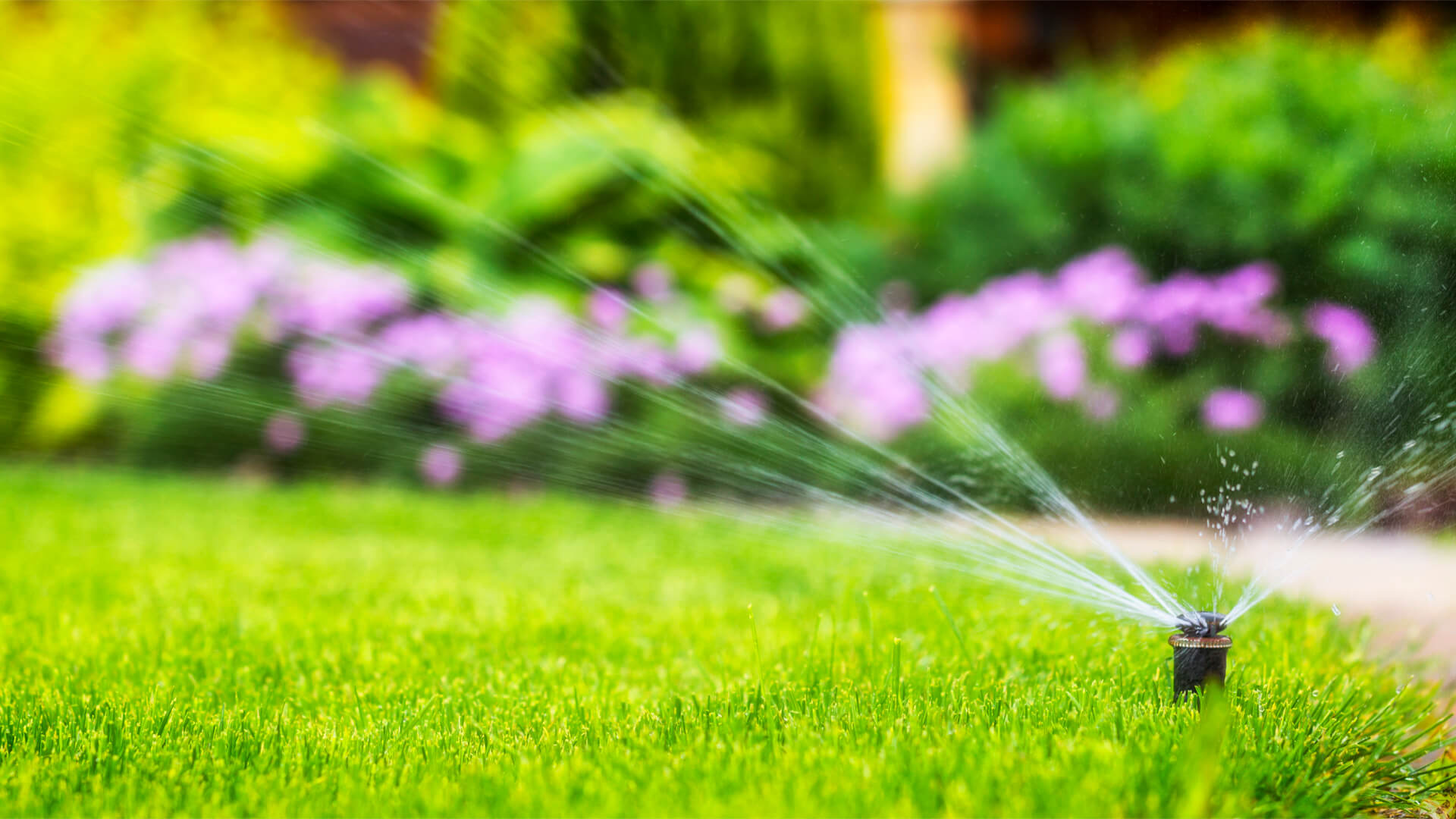
Automatic Sprinklers
Installing a sprinkler system takes the chore out of watering. It delivers an even amount of moisture to the parts of the garden that need it the most, and you can do it all from the comfort of your garden chair. You can even buy programmable hose faucet timers that switch on and off at a time of your choosing.
If a sprinkler system is beyond your budget, there is a simple do-it-yourself method that works just as well for watering your garden. Grab a cheap hose-pipe and stretch it around the edges of the garden, through the borders you think will need the most watering. Punch little holes every few inches, connect the hose to a faucet and switch it on. Instantly, you have a cheap and effective way of delivering water to the garden, and best of all, you won’t break a sweat doing it.
Use containers and planters
By planting your favorite shrubs and flowers in a container, you reduce the amount of maintenance needed, and weeds will be kept to a minimum. Also, when you get bored of the view, just move the pots around the garden to vary the design.
Other Ways to Reduce Garden Maintenance
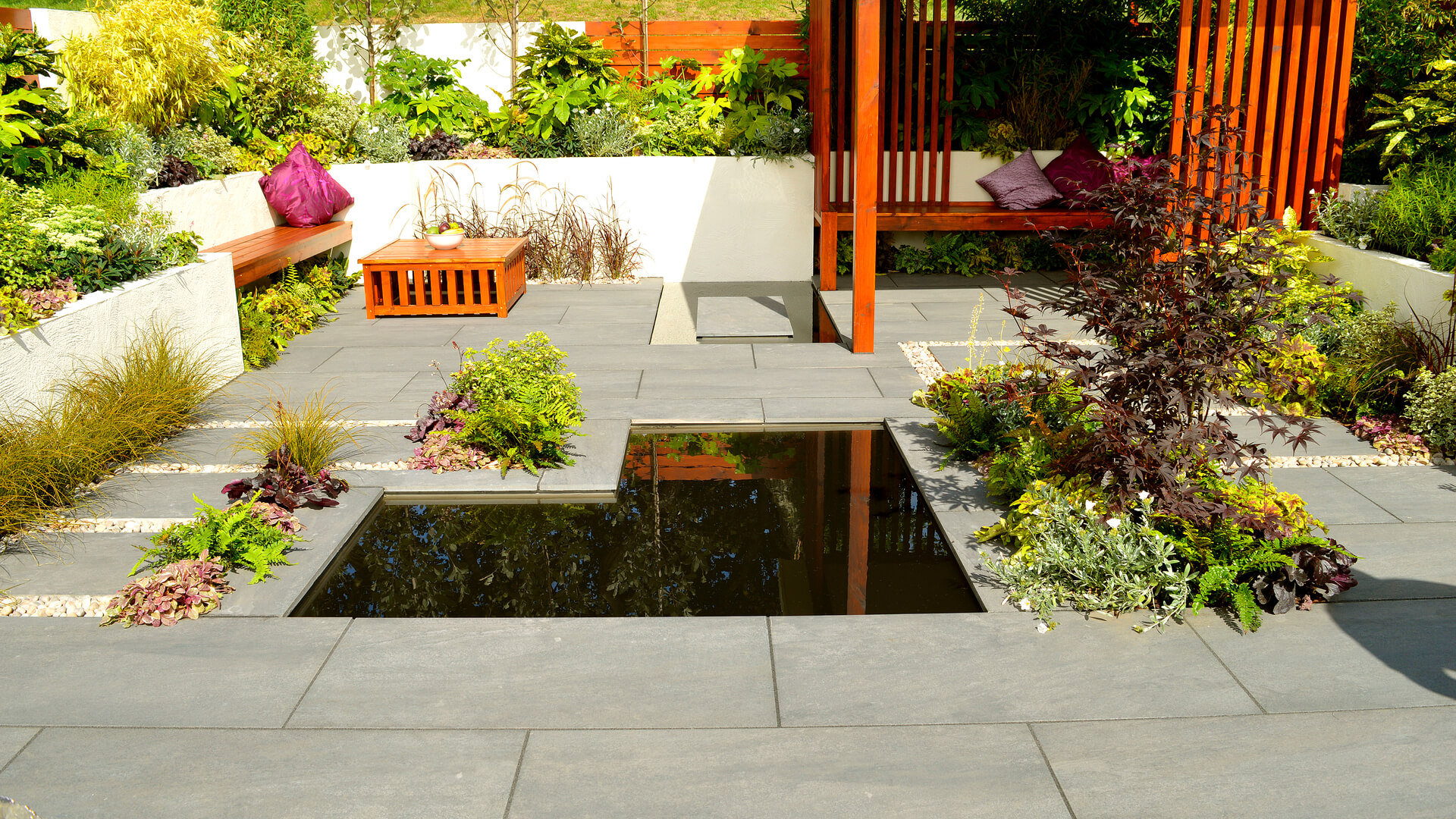
Choose the right time to water
When the sun is at its strongest, moisture evaporates faster from the ground; meanwhile, watering in the evening locks in more liquid so that the soil retains it for longer.
Choose plants carefully
Often, the garden center is the place to buy new plants, but before you do, examine the quality of the plant first. We can introduce many garden diseases and pests from poorly cared for plants at the store.
Don’t crowd the flower bed
Try and leave as much space between each plant so that they can get maximum sunlight and they get enough nutrients from the soil. Often, crowded borders fail because the plants are competing for the same space, ultimately leading to weaker, less attractive plants.
Collect rainwater
Why waste money and valuable resources by plugging your hose to the faucet when a rainwater collecting system is all you need. They are cheap and easy to install, and best of all, the water is free.
Final Thoughts
Getting to a stage where you have a low maintenance garden can take work, but once you achieve it you will have a garden that others marvel at while wondering where you find the time in your busy schedule to keep it looking good.
Treat your garden like any other room in your house; design it well, decorate it well, and stick to a plan. If you do all those things, you should have a garden that brings enjoyment for years to come without the hard work.

